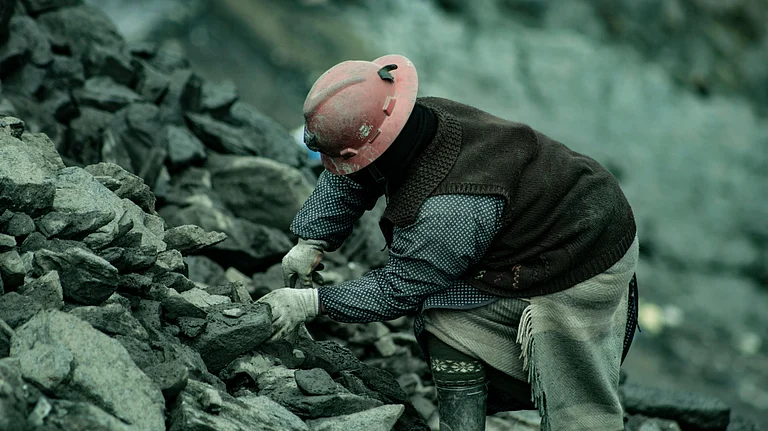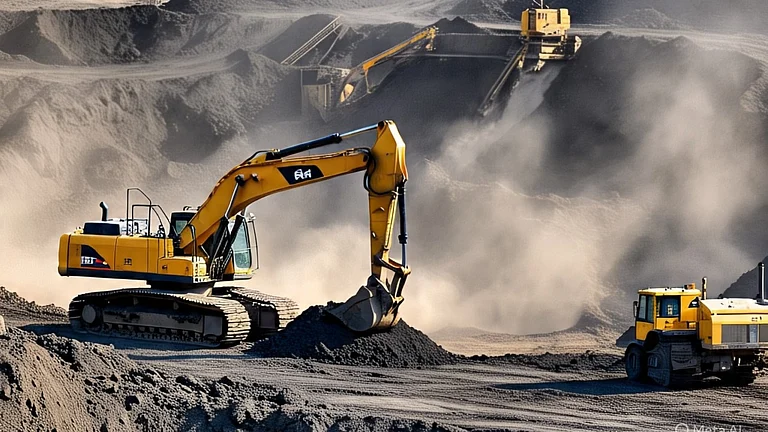
Coal India Ltd (CIL) is advancing its ₹16,000 crore capex plan for FY26 despite sluggish demand in Q1.
The largest share, ₹5,622 crore (35%), is allocated for coal transportation and evacuation infrastructure such as rail sidings, corridors, handling plants, silos and roads.
CIL aims to expand mechanised coal evacuation capacity from 151 MTPA to 994 MTPA by FY29 under its first-mile connectivity projects.
Coal India Ltd (CIL) is pressing ahead with its production and evacuation infrastructure plans under its capital expenditure programme for the current fiscal, even as coal demand remained sluggish in the first quarter of FY 2025-26.
The company has earmarked the largest share of ₹5,622 crore - about 35% of the total proposed ₹16,000 crore capex in FY26 - for coal transportation and evacuation infrastructure, including rail sidings, corridors, coal handling plants, silos and roads.
The investments are critical to ramp up mechanised coal evacuation capacity from the present 151 million tonnes per annum (MTPA) to 994 MTPA by FY 2028-29 under first mile connectivity, an official told PTI.
The state-run miner, which accounts for over 75% of domestic coal output, reported a decline in performance in the June quarter, with production falling 3% to 183.32 million tonnes and offtake slipping 4% to 191 million tonnes.
Already, there are signs of demand improvement after Coal India carried out various reforms for coal consumers, the official said.
Despite this, CIL said it remains committed to its long-term roadmap of achieving 1 billion tonnes of production by FY 2028-29.
"The Indian growth story remains intact and we are positioning ourselves for future energy requirements," the official said.
In addition to evacuation infrastructure, the miner continues to invest in land acquisition, heavy earth moving equipment, washeries and renewable projects, aiming to ensure supply reliability while gradually diversifying its portfolio.
Meanwhile, CIL has scaled up its renewable energy initiatives, commissioning 114 MW of solar capacity in FY 2024-25. This took its cumulative installed solar capacity to 209.08 MW as of March 2025, as the miner intensifies efforts to achieve 3 GW of solar capacity by FY 2027-28 under its de-carbonisation roadmap.































